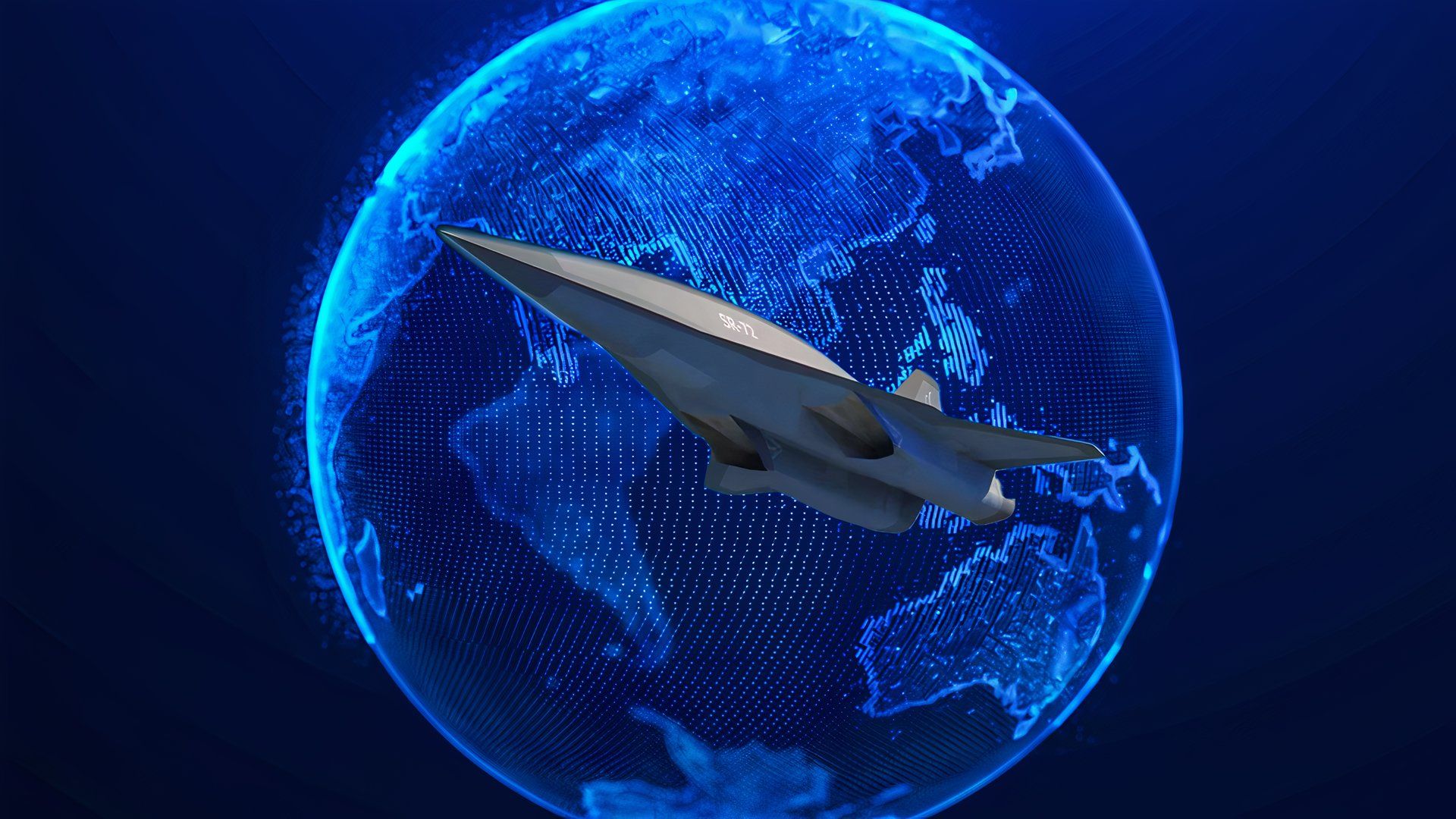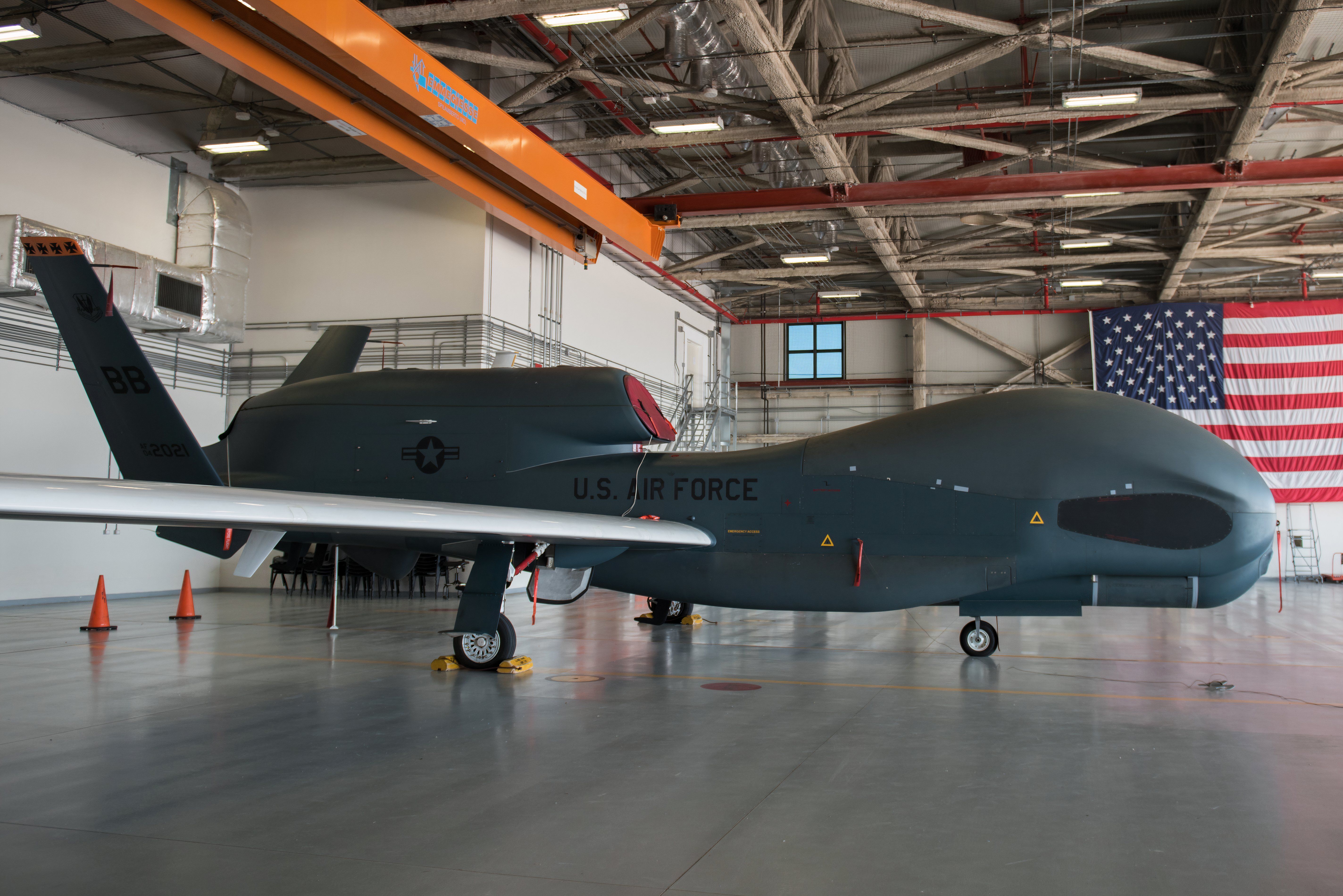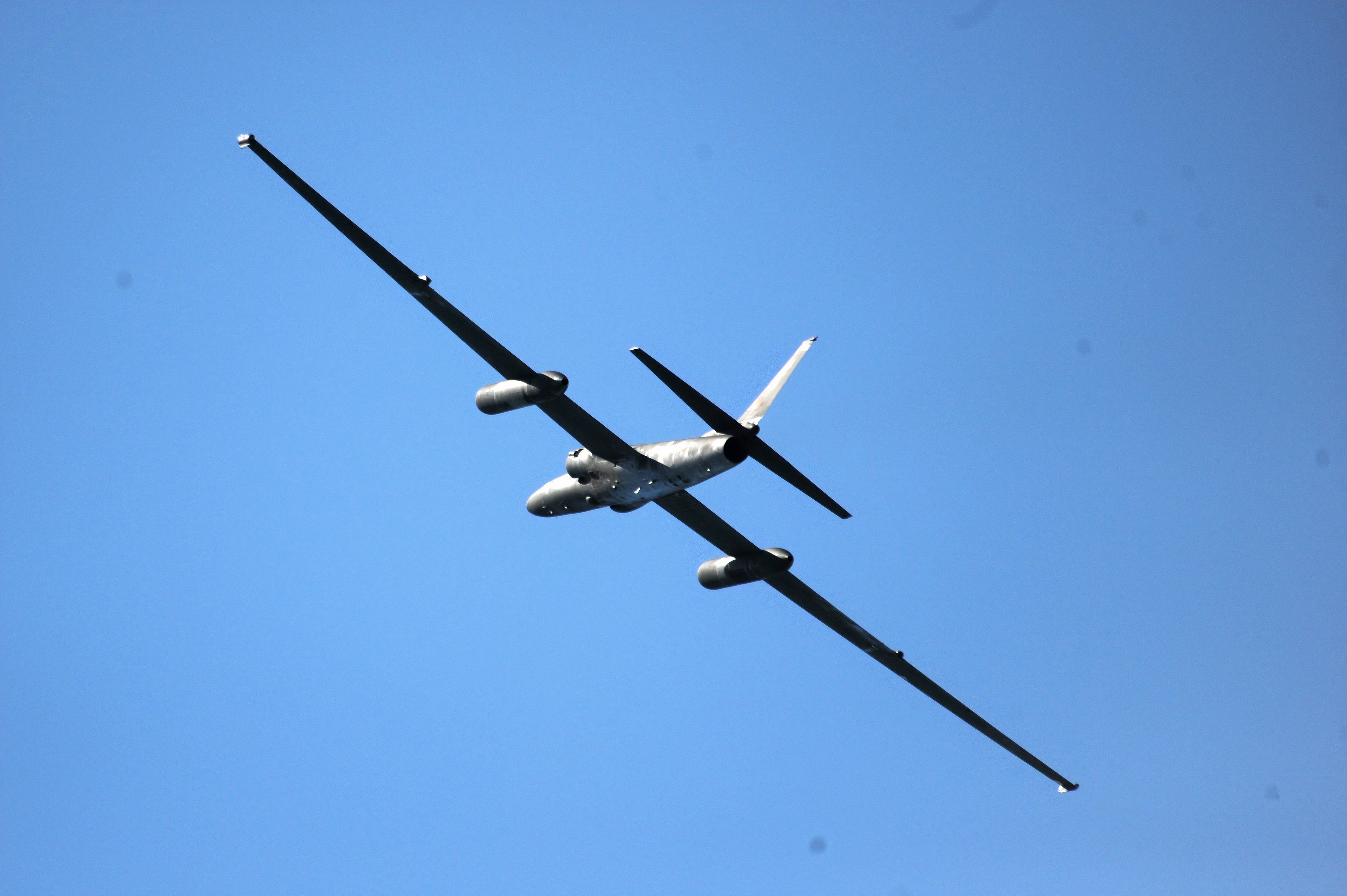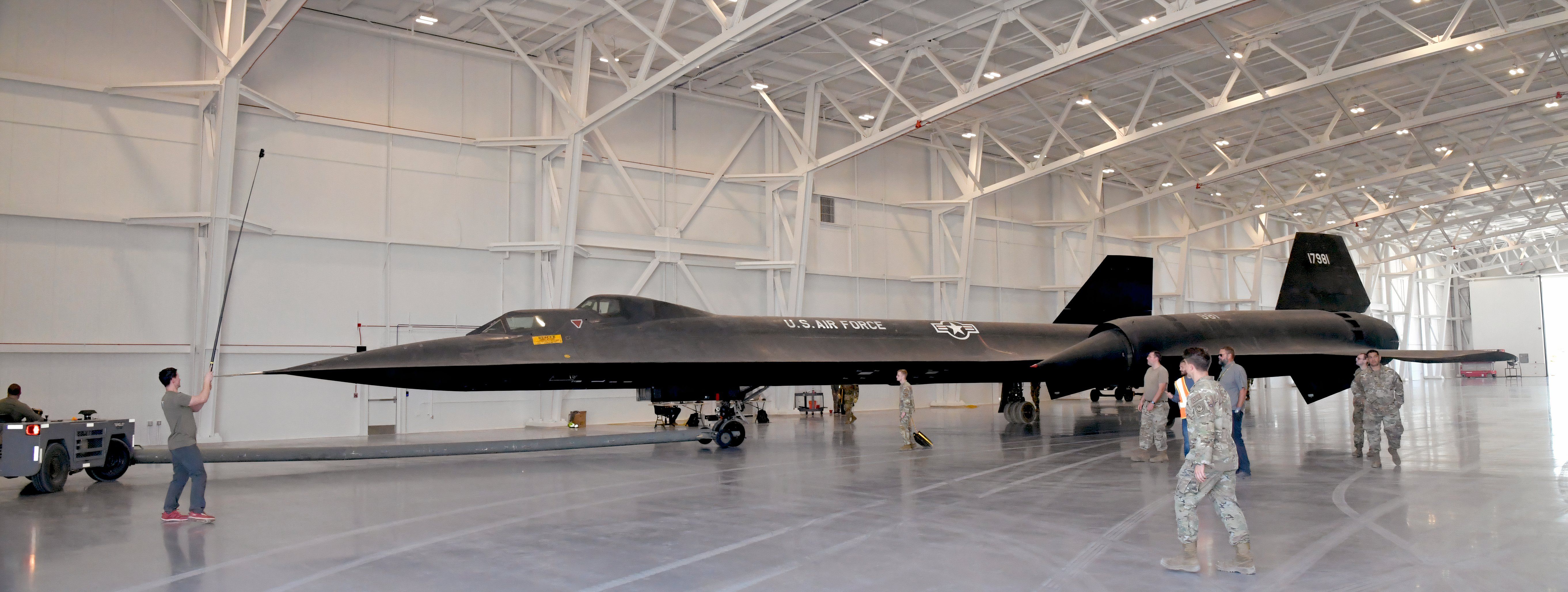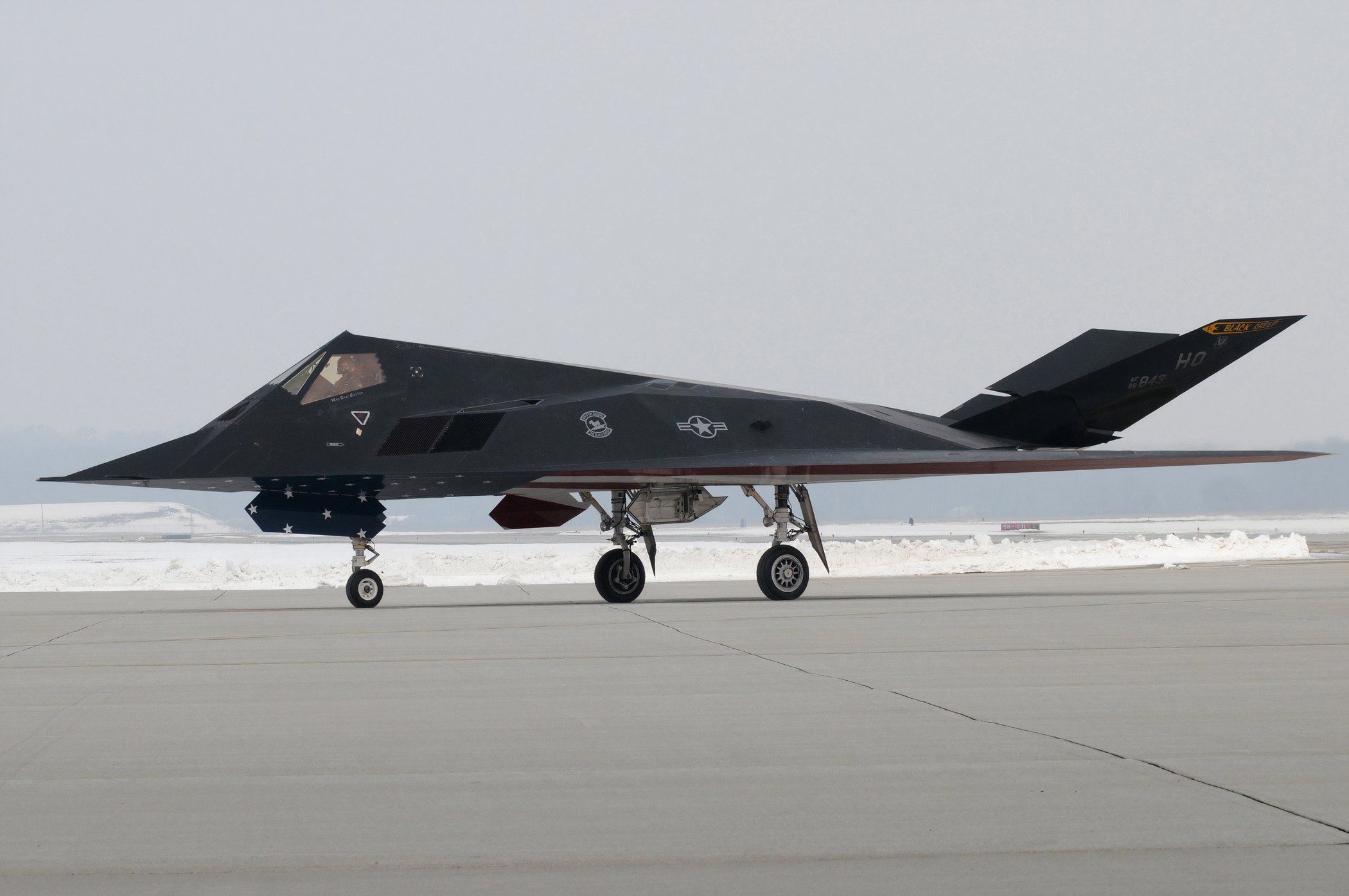Summary
- The SR-72 Darkstar is a hypersonic UAV for intelligence gathering, using advanced technology to fly faster than previous models.
- The SR-72, similar in size to the SR-71, will be constructed with materials that can withstand hypersonic speeds for successful missions.
- Hypersonic technology is the future of warfare, with stealth attributes being replaced by the need for speed and accuracy in missile attacks.
The SR-72 Darkstar, often called the “Son of Blackbird,” is an American hypersonic unmanned aerial vehicle (UAV) for surveillance, intelligence, and reconnaissance missions. Unlike current UAVs like the Northrop Grumman RQ-4 Global Hawk, which can take hours before arriving at station, hypersonic UAVs could be on station six times faster.
Photo: USAF
Before we examine how the Lockheed Martin SR-72 will affect the future of unmanned aerial vehicles (UAVs), the preferred military term for drones. Let’s examine it and discuss what we already know about it. To understand what the Lockheed Martin SR-72 will be used for, you must look back at the now-retired Lockheed Martin SR-71 Blackbird.
The Lockheed Martin SR-71 Blackbird
Before the Lockheed SR-71 Blackbird came along, the United States military and the Central Intelligence Agency (CIA) relied upon the slow-flying, high-altitude Lockheed U-2 spy plane to gather intelligence about the enemy. The CIA was not enamored with the U-2 and wanted an undetectable aircraft that could fly higher and faster than the U-2.
Photo:USAF
Skunkworks Project Archangel
Lockheed’s secretive Skunk Works unit in Burbank, California, was tasked with designing and building the stealth aircraft. On May 1, 1960, the need for a better spy plane was apparent after a U-2 flown by American pilot Francis Gary Powers was shot down by a surface-to-air missile while flying over the Soviet Union.
Designated the A-12, the prototype aircraft first flew from Area 51 in Nevada on April 25, 1961. In total, 13 A-12s were built and used for surveillance over North Korea and Vietnam. Using the pre-1962 bomber series’ last-built aircraft for the name, the SR-71 followed the XB-70 Valkyrie. While the A-12 was used for covert missions to spy on the enemy as per the Geneva Conventions, United States Air Force (USAF) SR-71s had military markings, and their pilots carried military ID cards.
The SR-71 was incredibly fast
Capable of flying faster than Mach 3, the SR-71 had two crew members in a tandem cockpit: a pilot in the front seat and a reconnaissance/navigator systems officer in the rear. In an early attempt to minimize its cross-section for radar detection, the aircraft was painted with a special dark blue/black paint to increase internal heat emissions and make the plane invisible in the night sky.
Photo:USAF
Because of the plane’s speed and its stealth qualities, if the SR-71 was detected by radar, it was long gone before a surface-to-air missile could be launched. The S1-71 made its maiden flight at Palmdale, California, on December 22, 1964, and entered service with the USAF 4200th Strategic Reconnaissance Wing at Beale Air Force Base, California, in January 1966. During missions over Vietnam, communist forces fired around 800 SAMs at the SR-71 without success.
Remotely Piloted Aircraft and Unmanned Aerial Vehicles
While the USAF successfully used Lightning Bug drones during the latter stages of the Vietnam War (196-1975), interest in using UAVs for intelligence gathering faded until 1982. Following the attempted assassination of Israel’s Ambassador to the United Kingdom by the PLO, the Jewish state invaded Southern Lebanon in June 1982.
Knowing that Syrian forces stationed in the Bekaa Valley would try and shoot down its aircraft, Israel used drones effectively to provide intelligence, surveillance, and reconnaissance (ISR) and to activate surface-to-air defense systems.
Following the success of the Israeli drones, the USAF and United States Navy (USN), along with the United States Army, began work on what would become the General Atomics Aeronautical Systems RQ-1 Predator.
Meanwhile, advances in UAV technology made the SR-71 redundant, so the USAF decided to retire it in 1989 rather than maintain a very expensive aircraft.
The United States has spent billions on hypersonic weapons
Despite the introduction of 5th-generation aircraft like the Lockheed Martin F-35 Lightning II and the F-22 Raptor, the SR-71 Blackbird remains the fastest aircraft in the world, with speeds in excess of Mach 3. Over the last 15 years, the United States has spent billions of dollars developing hypersonic weapons, and in 2013, Lockheed Martin proposed a hypersonic UAV for intelligence, surveillance, and reconnaissance (ISR).
Known as the “SR-72 Darkstar,” the UAV reportedly uses an air-breathing hypersonic propulsion system to fly twice as fast as the SR-71 Blackbird. While other UAVs have weapons platforms, nothing currently exists that could withstand speeds of Mach 6, which is why the SR-72 will almost exclusively be used for intelligence gathering.
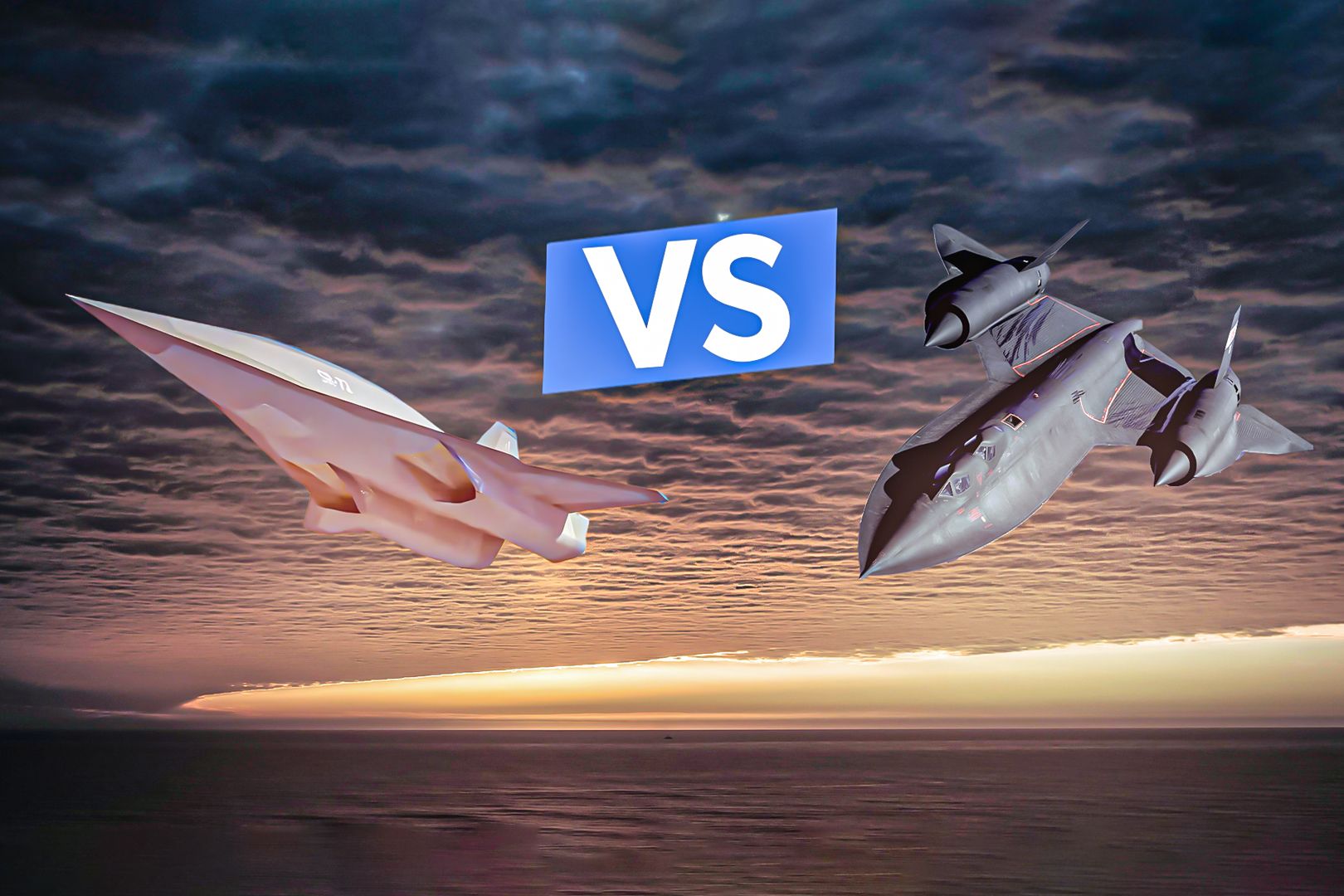
Related
SR-71 Vs SR-72 Darkstar: A Look At The Design Hurdles For The Son Of Blackbird
The SR-72 “SOB” sounds great in theory (and looks great in the movies). So what are the hurdles keeping it from becoming a reality?
The highly secretive SR-72 is believed to be similar in size to the Lockheed Martin SR-71 Blackbird and, like the SR-71, will be constructed using materials with exceptional tensile and thermal attributes. Thanks to the space program, engineers know what materials can withstand hypersonic speeds because when the Space Shuttle returned to Earth, it experienced hypersonic speeds upon reentering the Earth’s atmosphere.
Why hypersonic speed is so vital
To understand why hypersonic aircraft and, more importantly, hypersonic missiles are the future of warfare, you must look back to the Gulf War in 2003. During the Gulf War, the United States Air Force (USAF) used Lockheed F-117 Nighthawk stealth attack fighters to bomb high-level targets in Iraq. Because of their stealth attributes, the F-117s were virtually invisible to Iraq’s radar, allowing them to hit their target with impunity.
Photo: USAF
While stealth technology was a game changer in the 1990s, today, hypersonic technology and the ability to use it will dictate wars. In 1982, the Argentinian Air Force used French-built Exocet sea-skimming missiles to sink the Atlantic Conveyor and HMS Sheffield. If anyone possessed hypersonic missiles with similar attributes, they could sink any ship at sea.
The same would apply to destroying airfields, as the missiles would impact before you had time to react. This is why adversaries like China and Russia are determined to develop hypersonic missiles. On February 7, 2024, Russia used a Zircon hypersonic cruise missile to target Kyiv.
Because the SR-72 Darkstar is so secretive, we do not know much about it, but given the importance of hypersonics, we could see it operational by 2030.
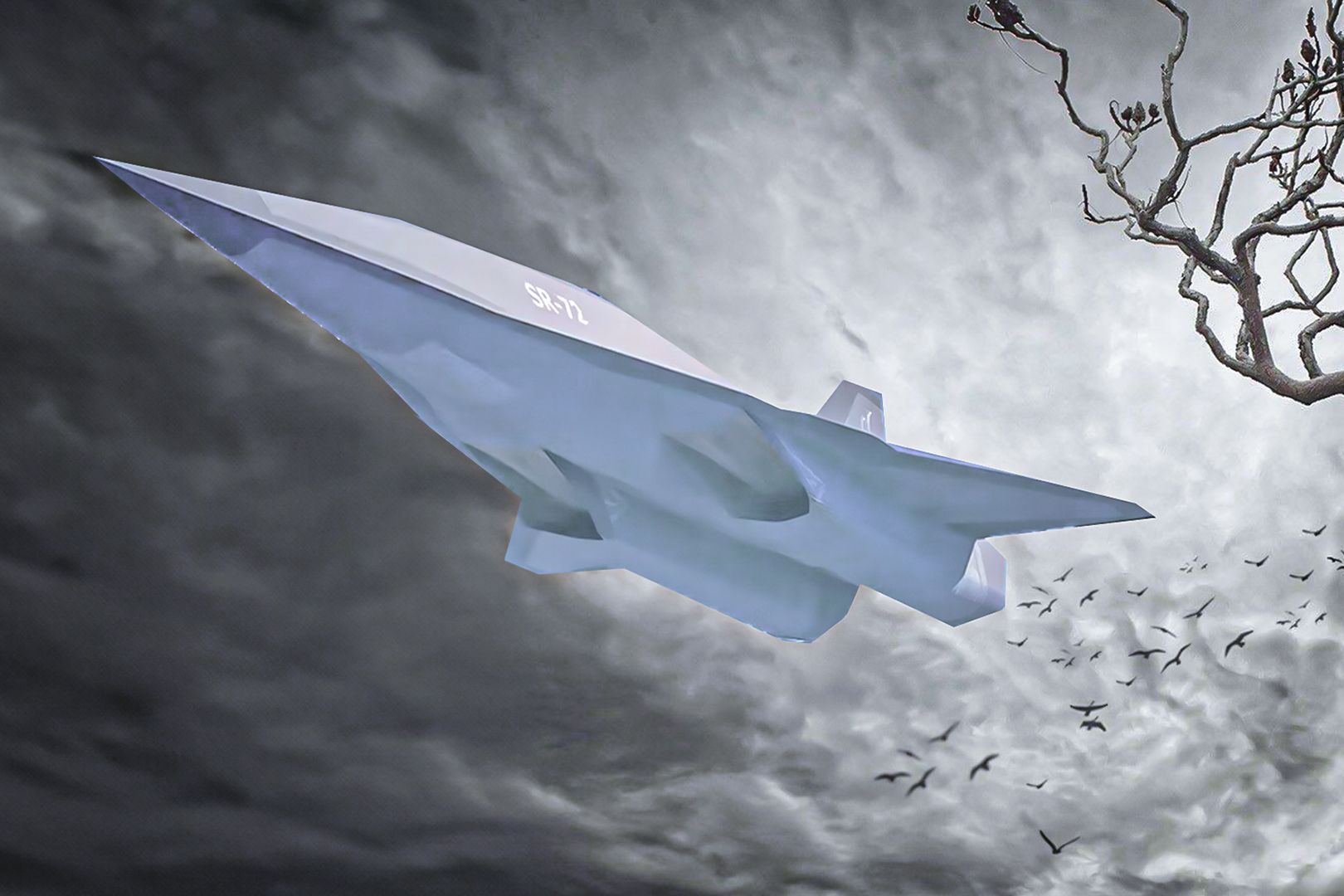
Related
5 Potential Uses For The SR-72 Darkstar In US Military Operations
5 potential uses for the Lockheed Martin SR-72 Darkstar, looking back through aviation history.

